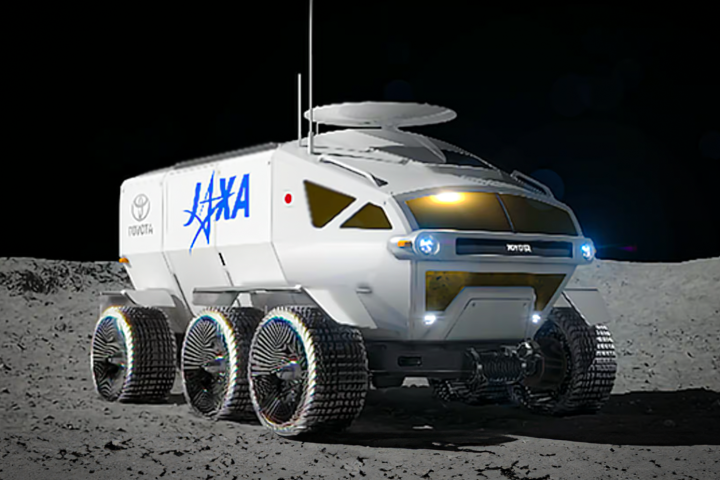For engineers pursuing advanced, ultra-tough materials, it can pay to look to the natural world for inspiration, and the diabolical ironclad beetle is not a bad place to start. This critter can survive being run over by a car and scientists have now unlocked some of the secrets behind this incredible toughness, which they say paves the way for a new breed of materials that bear similar characteristics.
The research was carried out by engineers at Purdue University and focuses on the incredibly tough exoskeleton of the diabolical ironclad beetle, which is one of the hardest of any arthropod. Previously, we have seen how these structures could inspire suspension systems for military vehicles that can pop back into shape after being deformed, and now the Purdue team has uncovered new detail around how the creature absorbs such tremendous impacts.
Using compressive steel plates and CT scans, the team observed the ironclad’s exoskeleton at work under increasing pressures, finding that it can handle loads at least 39,000 times its own body weight before fracturing – that's equal to an applied force of around 150 newtons. From there, the team used computer simulations and 3D-printed models to isolate the detailed structures within the exoskeleton, which highlighted the role of a connective suture that runs the length of the beetle’s abdomen.
This suture lies between the two wing cases of the beetle, called the elytra, although ironclads don’t have wings. Instead, the suture connects the elytra and exoskeleton blades beneath them, helping distribute force evenly across the beetle’s body via two intricate mechanisms.

The blades of the exoskeleton lock themselves into one another like pieces of a jigsaw puzzle, which prevents them being yanked out of place under great force. Meanwhile, the suture and the blades divide into layers. Both of these mechanisms together work to spread the load across the beetle and avoid fatal fractures at its neck.
One of the areas the team hopes to apply this knowledge to is in the gas turbines of aircraft, where metals and composite materials need to be combined using heavy mechanical fasteners that can cause fracturing and stress over time.
The engineers created a carbon fiber composite fastener based on the ironclad's exoskeleton structure and carried out loading tests, finding it to be just as strong and significantly tougher than aerospace fasteners used today.
“This work shows that we may be able to shift from using strong, brittle materials to ones that can be both strong and tough by dissipating energy as they break,” says study author Pablo Zavattieri. “That’s what nature has enabled the diabolical ironclad beetle to do.”
The study was published in the journal Nature, while the video below provides an overview of the research.
Source: Purdue University





